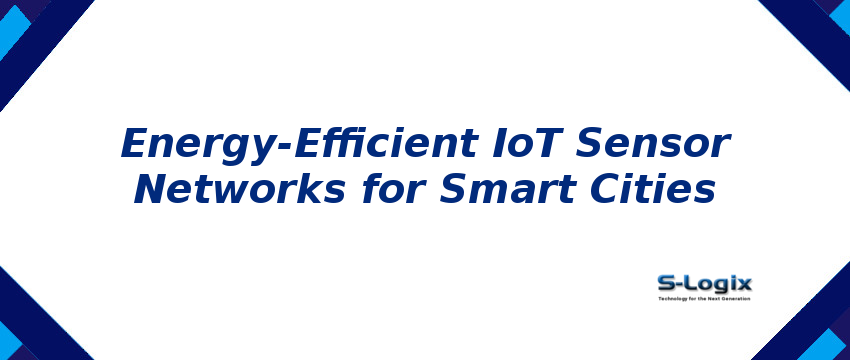
| GCP Service | Purpose in Project |
|---|---|
| Cloud IoT Core | Securely connects, manages, and ingests data from IoT sensors deployed across the city. |
| Edge TPU / Coral Devices | Runs lightweight ML inference at the sensor/edge level to filter unnecessary data and reduce transmission energy. |
| Pub/Sub | Provides scalable, low-latency messaging for IoT event streaming between sensors and cloud services. |
| Dataflow | Real-time and batch processing of sensor data streams for aggregation, filtering, and anomaly detection. |
| BigQuery | Stores large-scale IoT data for historical analysis, optimization of sensor scheduling, and urban planning insights. |
| Vertex AI | Trains and deploys predictive ML models (energy-efficient scheduling, fault prediction, anomaly detection). |
| Cloud Functions | Serverless automation for event-driven actions (e.g., triggering alerts when energy consumption exceeds thresholds). |
| Cloud Monitoring + Operations Suite | Monitors sensor performance, network efficiency, and energy usage patterns across the smart city. |
| Cloud Storage | Stores sensor logs, raw telemetry, and processed insights for long-term archival and auditing. |